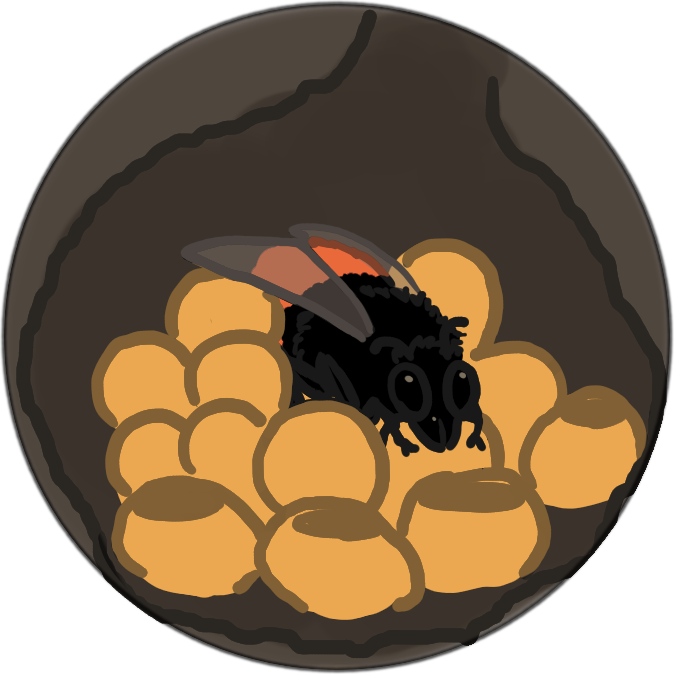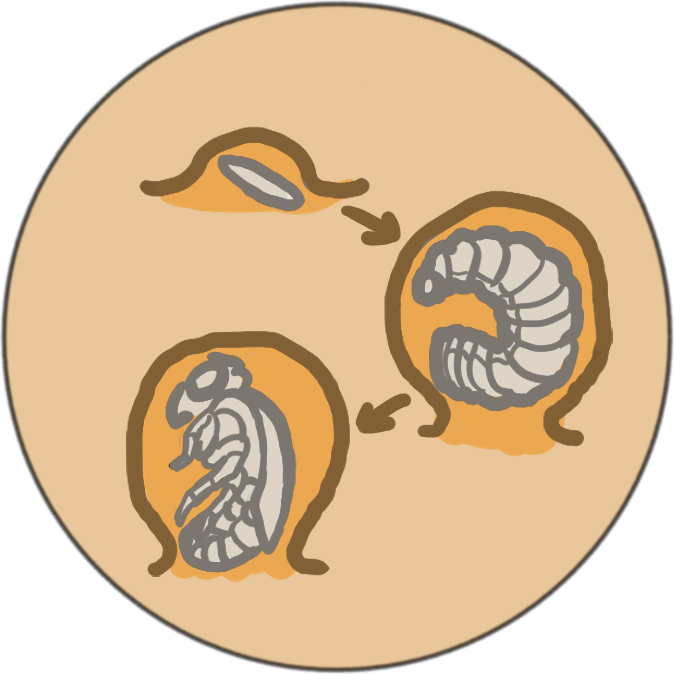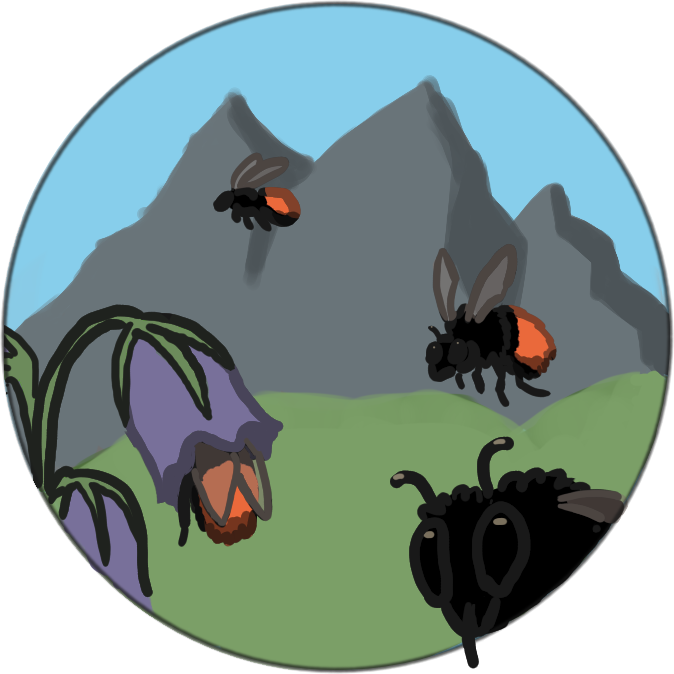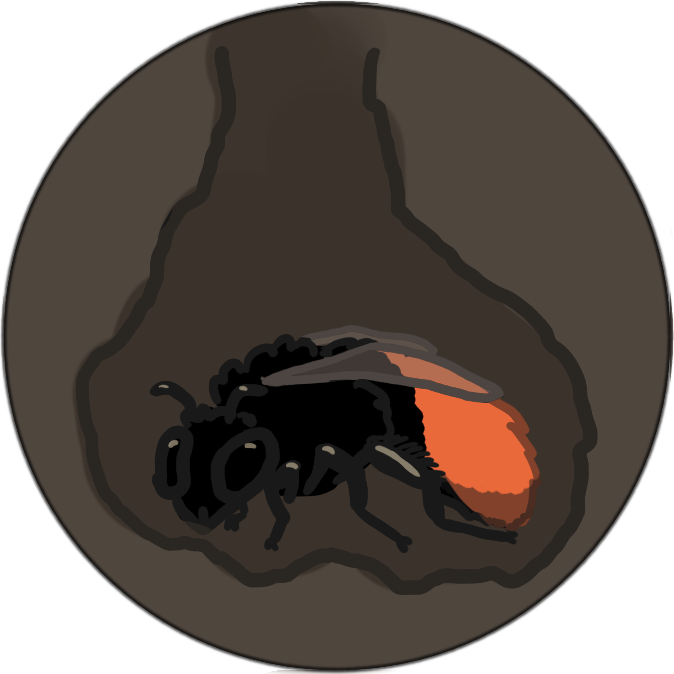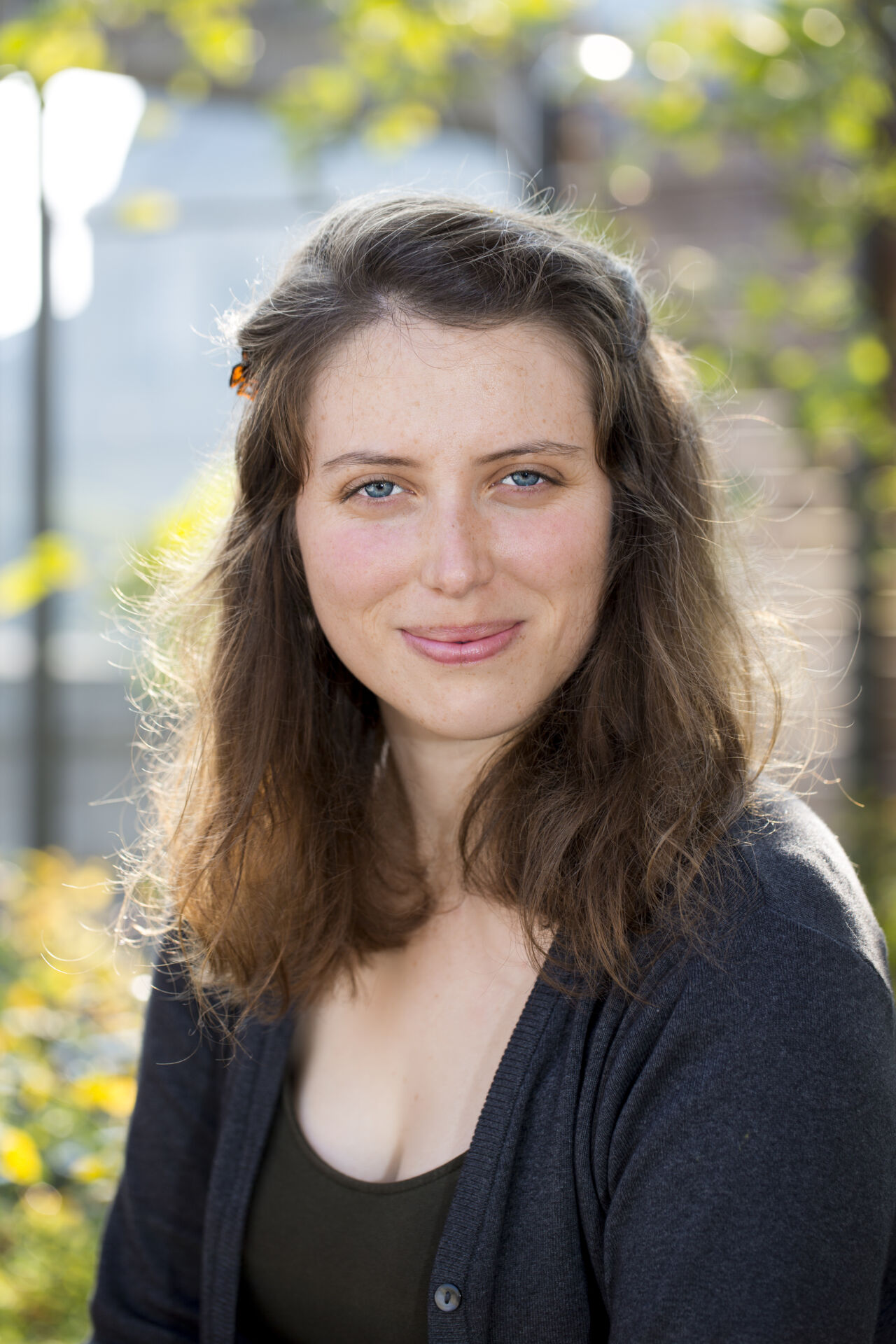Vulnerable alpinist – The alpine bumblebee
An alpine meadow in spring is a wonderful sight. And a wonder, considering the harsh climate conditions alpine wildflowers face. To reproduce, they rely on the crucial services of pollinating insects, such as the Alpine Bumblebee.

An alpine bumblebee (Bombus alpinus) on a flowering willow. Image: Wikimedia Commons/Arnstein Staverløkk, CC license
Profile
- Bombus alpinus, the Alpine bumblebee, belongs to the family of Apidae.
- This species is found in high altitude areas in the alpine regions of Europe, Asia, and North America.
- It inhabits alpine meadows, rocky areas, and areas close to glaciers.
- Bumblebees, like honeybees, regulate their body temperature through muscular activity.
- The Alpine bumblebee is of particular interest to researchers and conservationists due to its ecological importance as a pollinator and its current vulnerable status.
Classification
- Kingdom
- Animal
- Phylum
- Arthropoda
- Class
- Insecta
- Order
- Hymenoptera
- Family
- Apidae
- Genus
- Bombus
- Species
- B. alpinus
High altitude pollinator
The Alpine bumblebee plays an essential role in pollinating alpine plants such as wildflowers and shrubs. In return, these flowers ensure the survival of Bombus alpinus as they provide the necessary nectar and pollen for the colony to thrive. In Switzerland, Bombus alpinus is primarily found in the high alpine regions above 2000 meters where it pollinates alpine plants, including alpine avens and alpine forget-me-nots.
To view this content, you must accept marketing and third-party cookies.
Keeping warm
The Alpine Bumblebee is adapted to the cold temperatures of alpine environments and has several mechanisms that allow it to survive in low temperatures.
A thick layer of insulating hairs helps the Alpine Bumblebee to retain body heat, a feature found in all bumblebee species. Part of this "fur" is black, possibly absorbing heat from the sun, which is important for regulating body temperature in the cold alpine environment.
Bombus alpinus is also larger than other species found in the alps, such as the similar Bombus monticola. Additionally, the Alpine Bumblebee can generate heat and regulate its body temperature through muscle shivering. This process involves the contraction and relaxation of muscles, which results in the production of thermal energy that helps to keep the organism warm in cold environments. A higher metabolic rate also contributes to keeping warm.
Moreover, the Alpine Bumblebee has developed behaviors that help to conserve energy in cold temperatures. During the winter months, the queen bumblebee enters a state of hibernation, which allows her to conserve energy until the spring when she emerges to begin a new colony. The workers also have the ability to enter a state of torpor, which is a temporary decrease in metabolic rate that conserves energy during periods of low activity e.g. during periods of inclement weather or a cold snap.
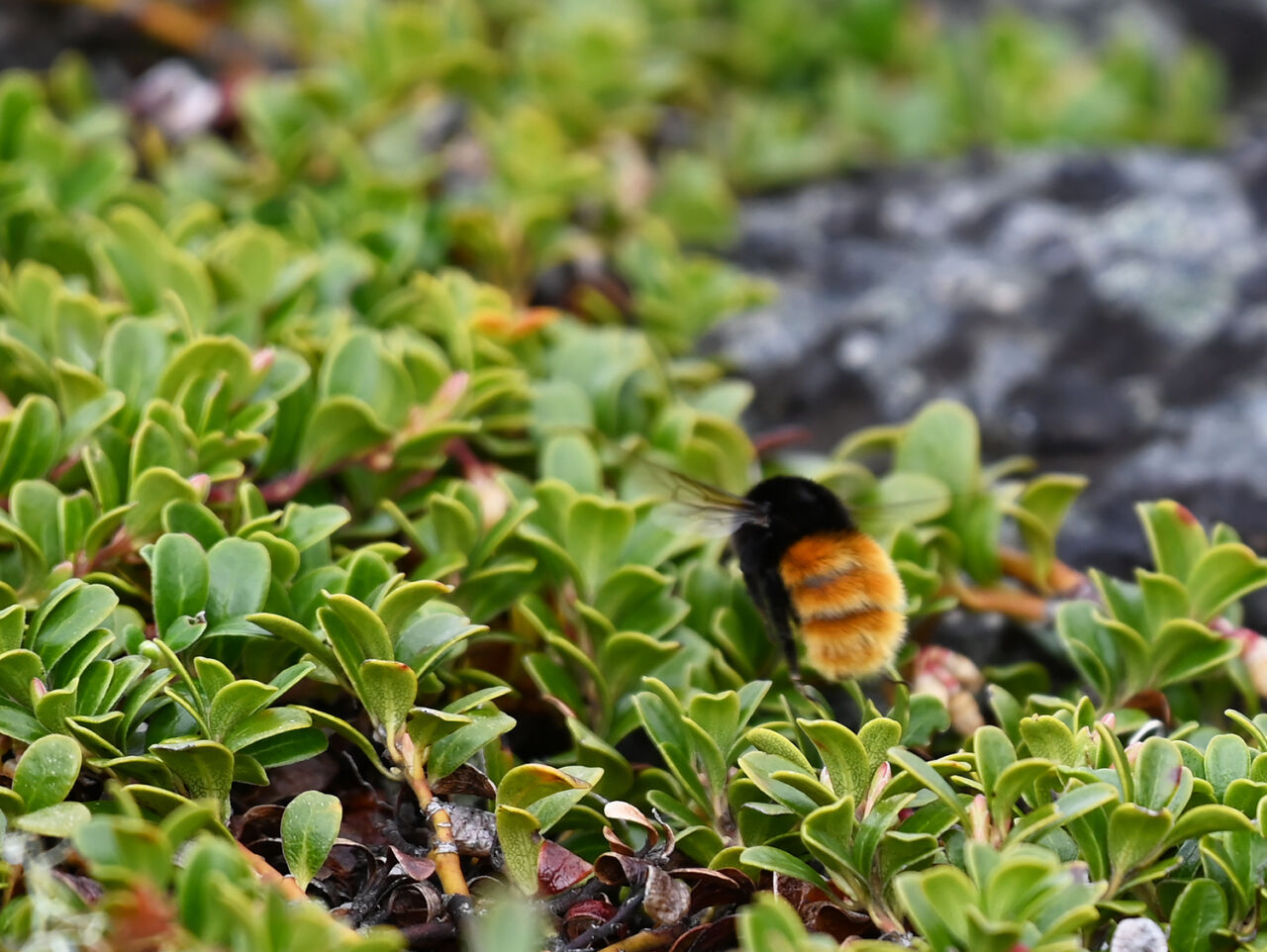
Bombus alpinus has a distinctive coloration that includes a mostly black body with russet (copper brown) hairs on the dorsal* side of the abdomen. It can be mistaken for other bumblebee species with a russet rear, such as Bombus lapidarius. Image: GBIF, Никифорова Валерия, CC license

A foraging Bombus alpinus. Image: Artsdatabanken, Jan Ove Gjershaug, CC License
Challenges
The range of Bombus alpinus is relatively small, making it vulnerable to climate change and habitat loss due to agriculture and urbanization. The IUCN Red List currently lists Bombus alpinus as vulnerable, with population declines reported in some areas. Conservation efforts are underway to protect this species and its habitat, including the creation of protected areas, restoration of degraded habitats, and the promotion of sustainable land use practices.
*Glossary
Dorsal: On the back
References
Williams PH et al. 2019. The arctic and alpine bumblebees of the subgenus Alpinobombus revised from integrative assessment of species’ gene coalescents and morphology (Hymenoptera, Apidae, Bombus). Zootaxa. 4625(1): 1-68.
Williams T et al. 2015. Genes suggest ancestral colour polymorphisms are shared across morphologically cryptic species in arctic bumblebees. Plos one. 10(12): e0144544.
Pittioni B. 1942. Die boreoalpinen Hummeln und Schmarotzerhummeln (Hymen., Apidae, Bombinae). I. Teil. Izvestiya na Tsarskite prirodonauchni instituti v Sofiya. 15: 155-218.
Svensson BG. 1979. Patrolling behaviour of bumblebee males (Hymenoptera: Apidae) in a Subalpine/Alpine area, Swedish Lapland. Zoon. 7: 67-94.
Loken A. 1973. Studies on Scandinavian bumblebees (Hymenoptera, Apidae). Norwegian Journal of Entomology. 20: 1-218.

